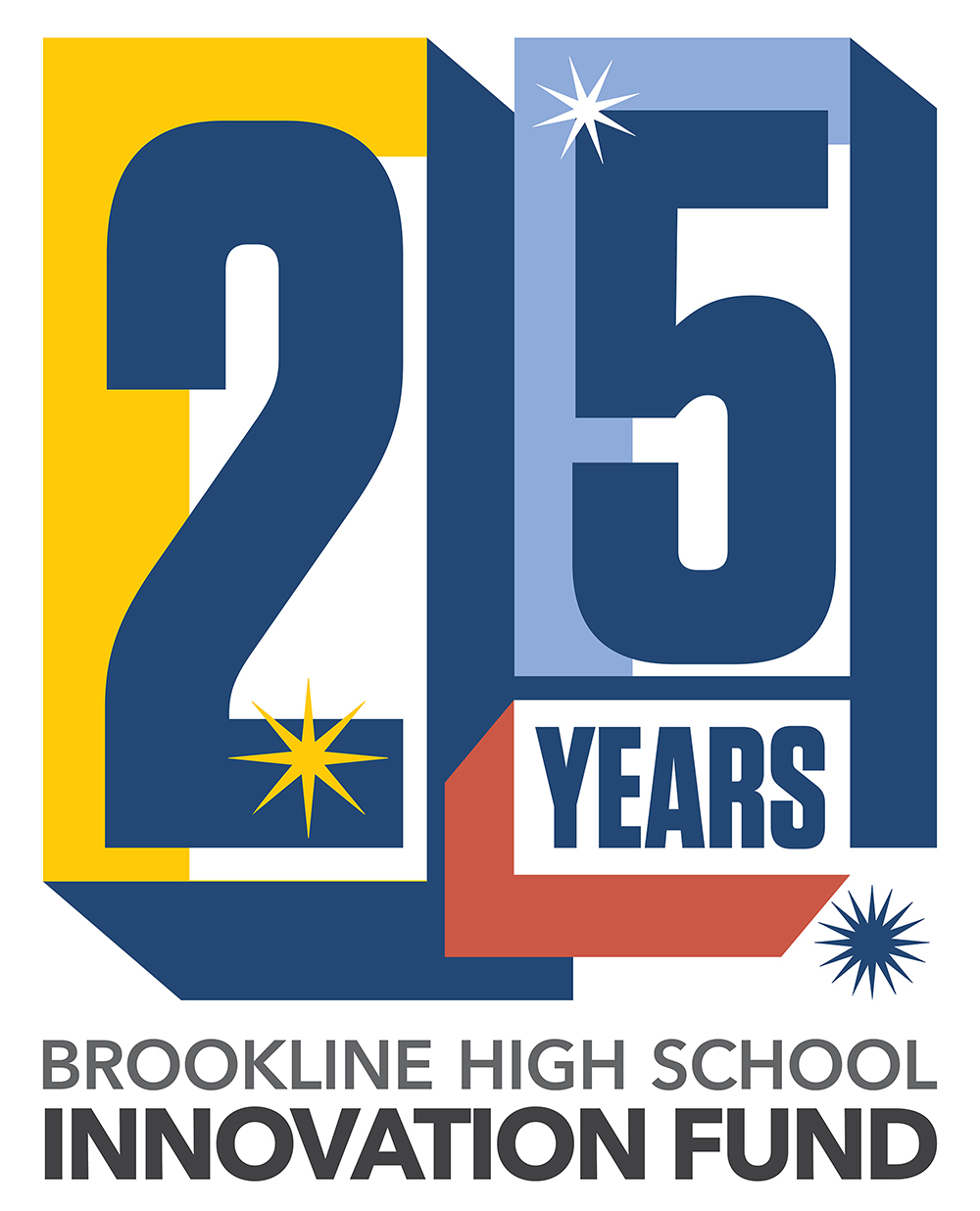Displays of students’ art made in the Engineering Innovation and Design class are scattered around the school, like this one, which can be found on the first floor of the STEM wing.
Creativity and team building are at the heart of a unique class split between a robotics classroom in the STEM wing and a workshop in the Unified Arts building.
In the Engineering Innovation & Design class, students learn about engineering and problem solving through interactive processes with the help of constructive peer feedback to adapt their ideas.
Engineering teacher Aubrey Love said when he was first creating the class alongside ceramics teacher Andrew Maglathlin, they hoped the class would be able to complement other engineering classes by incorporating the nuances of art and collaboration.
“We wanted to incorporate critique, the idea that you are working with other people and their ideas are relevant and valuable,” Love said. “Then, we wanted to maintain function; we wanted to solve problems in a functional way as engineers should, so the final projects that we created for the class meshed function and form.”
Love said the collaborative environment that the students work in prompts much of the success and creative ideas found in the class.
“A student’s foundational knowledge is important, but it’s not just about what brilliance you have in your head but what pieces of knowledge you can pull together. Being able to talk to other people and come up with ideas as a group is huge,” Love said. “Collaboration is being able to listen to other people’s ideas and find value in them and not saying ‘let’s agree to disagree because I like my idea.’”
A unique quality of the class is the environment. Senior Maxwell Hatchett said he enjoys that the class generally feels less like a technical engineering course and more like a problem-solving class. He said the laid-back but extremely productive environment is one of his favorite parts of the class.
One of the class’ major projects is the cardboard chair project. The challenge is to create a full-size functional chair that could be used by anyone, employing only 10 pieces of cardboard.
“We brainstormed a bunch of different ideas and designs and finalized them before working on bringing the chair to life using the tools and materials available to us,” Hatchett said.
Senior Joshua Heinstein said the cardboard chair project requires an iterative design and construction process considering the difficulty of scaling a 2D material, cardboard, into a 3D design. The class teaches students to accept given constraints and adapt to them.
“We couldn’t just design the chair in the 3D modeling software, push a button, and have it printed. We had to brainstorm and design cardboard that could be cut and then assembled into the final product which is a much more involved process,” Heinstein said.
Working within the boundaries set by the project, Love hopes that students who go through his classes are able to embrace new concepts and better observe the world around them through the lens of an engineer.
“I’m hoping people understand humility in their design ideas. High school teaches you often that what’s in your head determines your worth, and I’m trying to move kids past that,” Love said. “There are great ideas that exist all around us; we just have to go out and find them, and then try to bring them all together to form a solution.”
Engineering Innovation & Design fuses art and STEM
Connor Quigley, Staff Writer|June 15, 2022
TAEYU KIM/SAGAMORE STAFF
